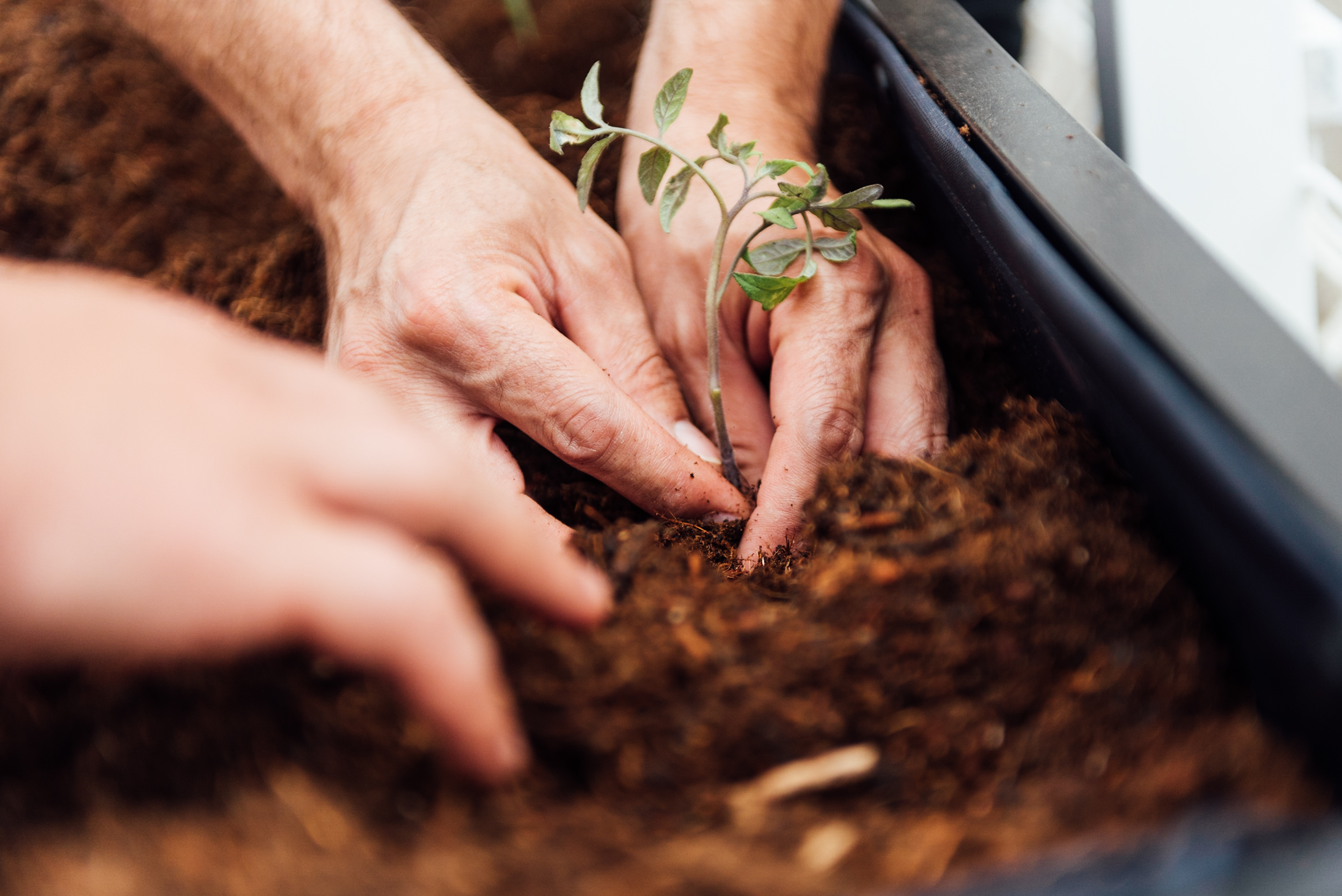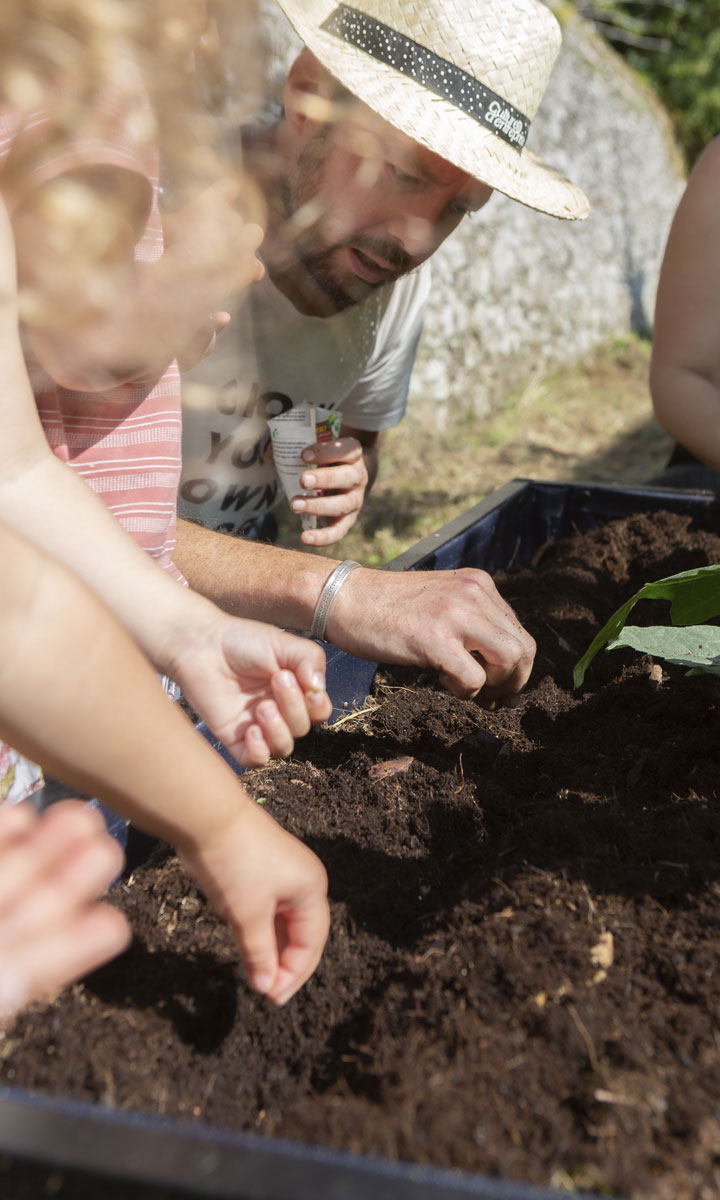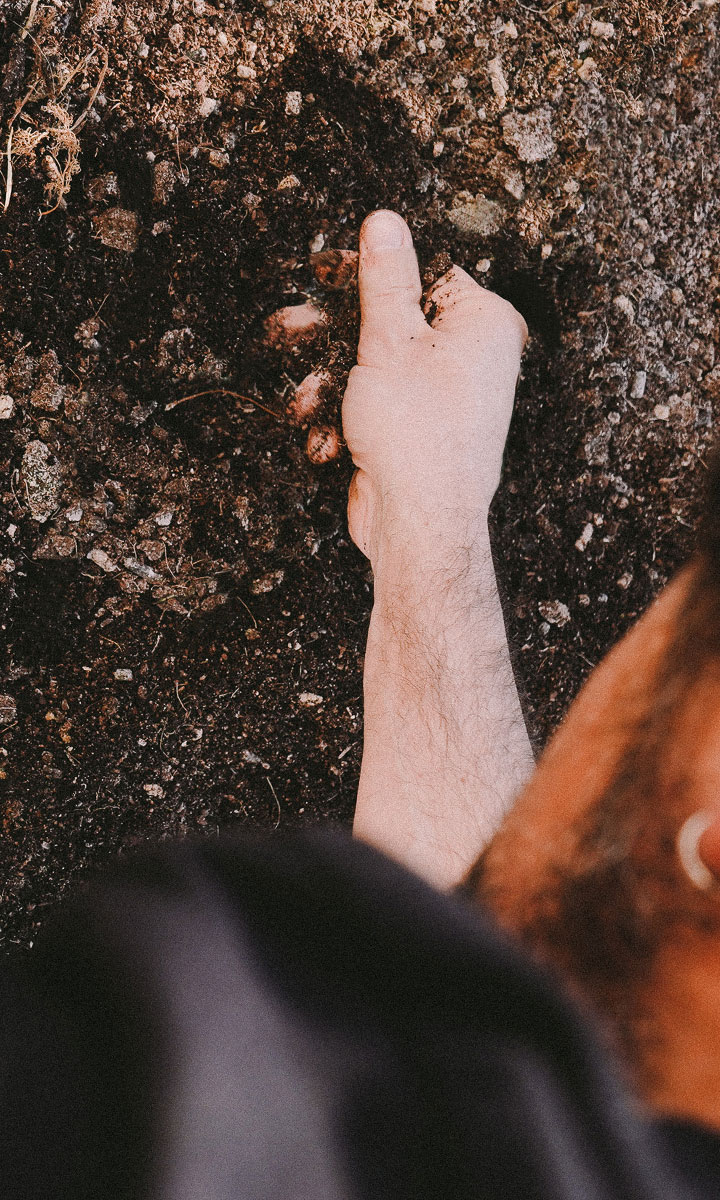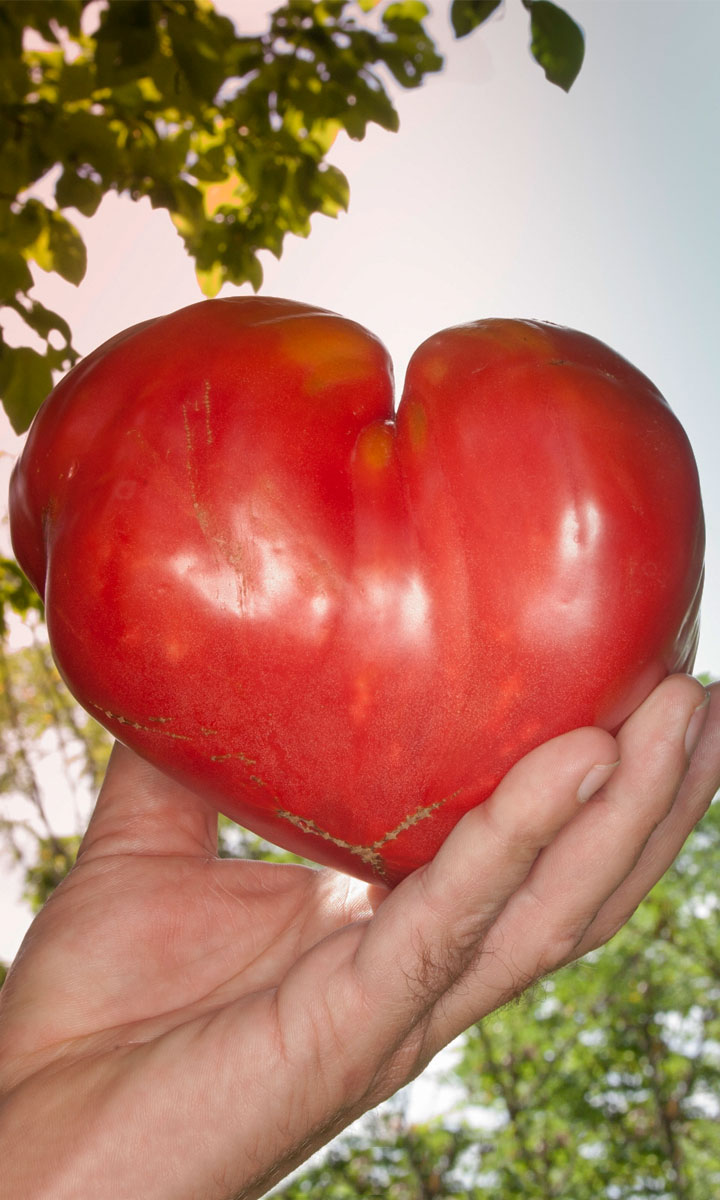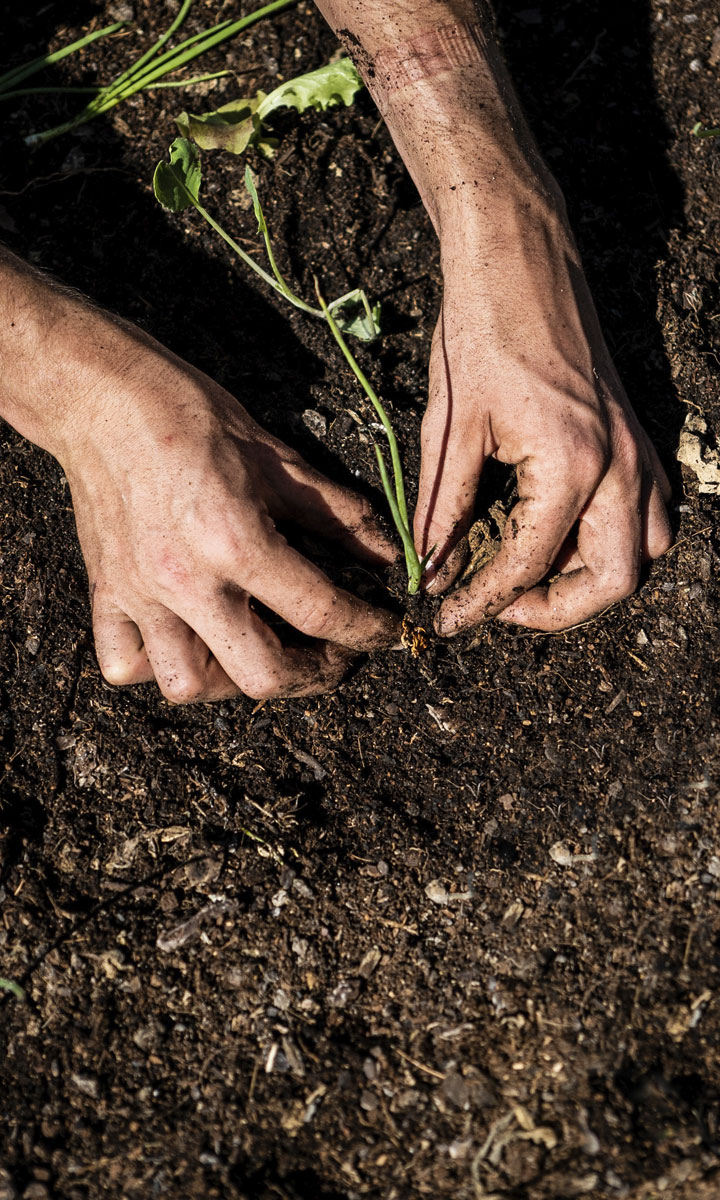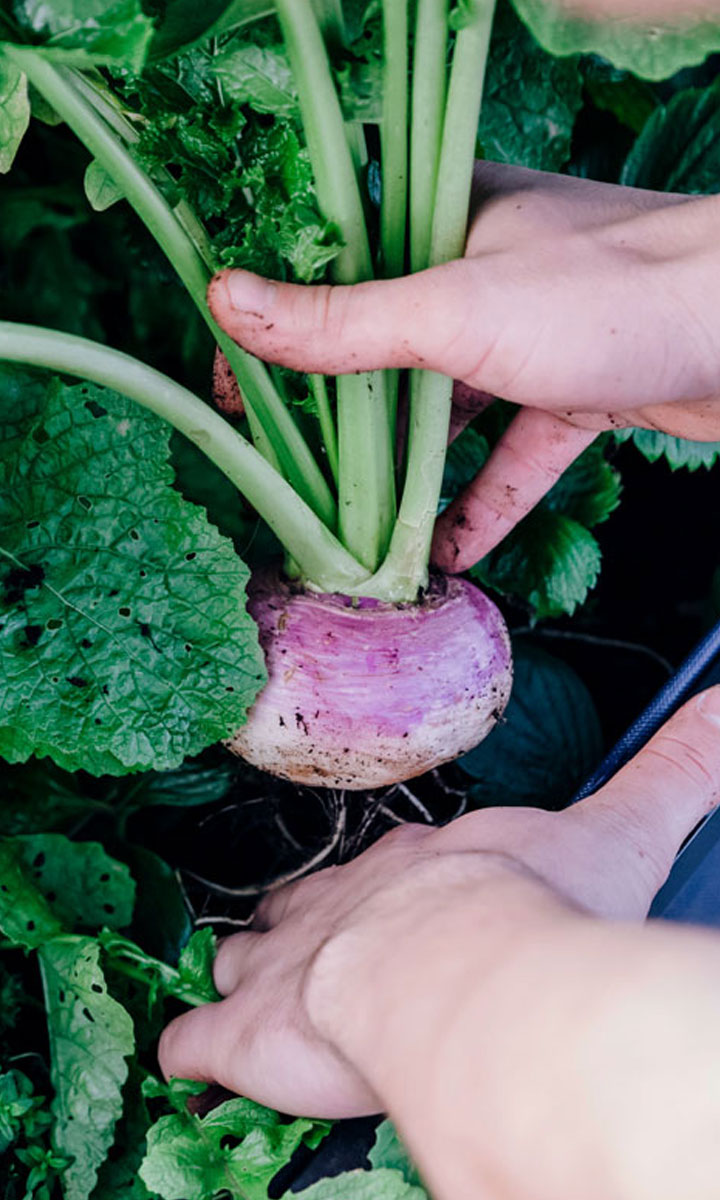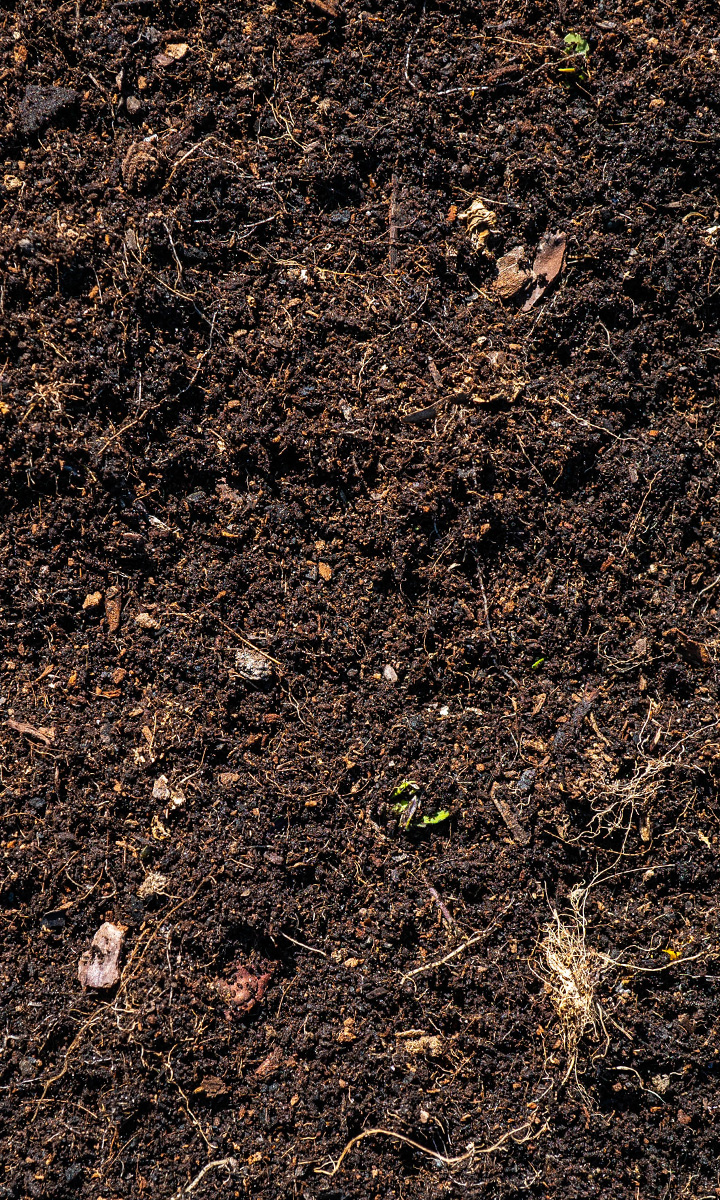Compost: 4 steps to do it at home.

Henrique Dias
Plastic, cardboard and glass aren’t the only materials that can have a second life — bio-waste can also be reused and reborn. In Europe during the 18th and 19th centuries, farmers brought their crops into cities to sell them and, in exchange, they returned with solid waste which they composted and used to enrich their soils. Since then, cities have grown exponentially, waste has taken on new massive proportions, and synthetic fertilizers have become the preferred source of soil nutrients for a majority of farmers.
There are two major advantages of composting: to recycle and to feed. Waste — such as fruit peels, leftover vegetables, dry leaves, roots, eggshells, cardboard, or coffee grounds — is transformed into nutrient-rich organic matter. It’s a real treasure trove of natural, organic fertilizer, ready to enrich our soils and generate new, healthy crops.
The composting process.
Composting is a biological and aerobic process in which organisms break down biodegradable waste and create earth-like material. Rich in benign microorganisms, natural compost (also known as organic amendment) helps eliminate pathogenic organisms that harm the soil, improving its porosity, fertility, microbial activity and water retention.
This process occurs naturally all the time, like on the surface of the ground in a forest, but it can also be aided and accelerated.
With “normal” composting, you create the ideal conditions — that is, a balance between carbon and nitrogen, humidity levels and temperature — for bacteria, fungi and other microorganisms to do their job of decomposing matter. In vermicomposting, worms accelerate decomposition by oxygenating and humidifying the organic matter. No matter which technique you choose, it is important to create the right conditions for that waste to be metabolized.
This simple, eco-friendly and inexpensive process promotes a circular economy, since it returns the chemicals and nutrients used by plants right back to the earth.
How to make your compost at home
1. Choose the right container.
The container where we place and “make” organic compost is called a composter. This should be stored out in the open. You can make one out of a container, such as a large trash can, with the bottom pierced. Place a receptacle underneath it into which the compost juice, a product of the organic decomposition process, can drain.
2. Collect and select organic waste.
As mentioned earlier, it’s important to create a balance between carbon and nitrogen. To avoid any issues, think about compost in two categories: the “brown” waste (dry leaves, newspaper), rich in carbon, and the “green” waste (fruits’ and vegetables’ peels, grass, coffee grounds), rich in nitrogen. Make sure there is twice as much “brown” waste as “green” waste in your compost. That way, you can not only make a healthy mixture, but you also avoid the odors released by too much “green” waste! Note: Cooked waste or waste that contains any type of fat should never be added to compost. Use only raw foods!
3. Alternate layers.
Now that you know how to sort your waste, picture the art of making compost as a sort of lasagna! In the container, start creating layers, all while maintaining the balance between “green” and “brown”. Start with one layer of “green” waste for three layers of “brown” waste.
4. Watch what’s going on.
Over the next few weeks, you’ll see how your compost takes shape and starts to look like potting soil. If you stir it regularly and pay attention to its humidity levels (you can add water if it gets too dry, or add more dry leaves if it is too wet), your compost will be ready in two or three months.
What can go in your compost:
- Fruit, vegetable and herb leftovers and peelsRoots, dry leaves, pruned branches and dry grass
- Sawdust
- Newspaper and cardboard
- Tea bags, coffee grounds and filters
What can’t go in your compost:
- Diseased plants or seasoned food
- Fats, oils, cooked foods
- Pet droppings
- Cigarette ash and butts
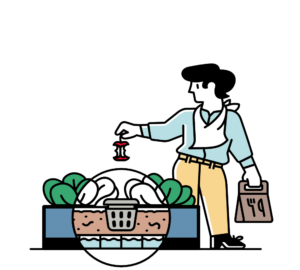
Corporate vegetable garden
system, Noocity’s Corporate Gardens
allows the reuse of waste, promoting
a circular economy with zero waste.

